From the April 2024 issue of Apollo. Preview and subscribe here.
Adriano Pedrosa has been thinking about his edition of the Venice Biennale for years. Thirteen years in fact, the Brazilian curator says, speaking in Venice just a few weeks before the opening of his exhibition ‘Stranieri Ovunque – Foreigners Everywhere’ (20 April to 24 November). In 2011 he was wandering alone around the 54th edition, ‘ILLUMInations’, a restrained affair directed by Swiss curator Bice Curiger. It was a public day and quiet compared with the razzmatazz of the preview. ‘It gave me time to reflect on the exhibition, rather than the socialising,’ he says. ‘I started to think, if I were doing this, what would I do?’ While he mused, the title of a conceptual work of art sprang to mind. Foreigners Everywhere is a series of neon signs made by the Italian-British art collective Claire Fontaine. The artists took the phrase from the name of another Italian collective, an anti-racist, anarchist group active in Turin in the early 2000s. Since 2004, their signs have been produced in 53 languages, some indigenous, some now extinct.
By 2011 Pedrosa had been a curator for around a decade. He was building a reputation for creating shows that embraced political and social issues, with a strong bent towards artists from Latin America, the Middle East and Africa. Later that year he would co-curate the Istanbul Biennial, taking as his starting point work by another artist, the Cuban-American Félix González-Torres, who died of an AIDS-related illness in 1996.
Pedrosa remembers that he was ‘trying to find a framework for selecting artists that was meaningful and specific’ rather than the usual ‘open-ended’ Venice concept. Refugees were already a burning issue in Italy: the government of media tycoon Silvio Berlusconi had declared a state of emergency over irregular migration, driven in part by the tens of thousands of North Africans arriving on the island of Lampedusa. At the time, Pedrosa thought of presenting an exhibition entirely of ‘foreign’ artists. ‘I thought it would be wonderful as a project in Italy,’ he says, and filed the idea away for a future show. ‘Not,’ he adds hastily, ‘that I thought I would at any point organise a Venice Biennale – that was a big surprise.’
Thirteen years later, Pedrosa is back in Venice, finally putting together his exhibition. He is sitting in a minimal office in a flat in Venice; he is charming and articulate but seems tired, a result no doubt of the infamously punishing Biennale schedule. With only seven weeks to the preview, he admits that no art is yet in place, although artists are beginning to arrive to start the installation. ‘We’re still working on the architecture, constructing walls and painting the spaces,’ he says.
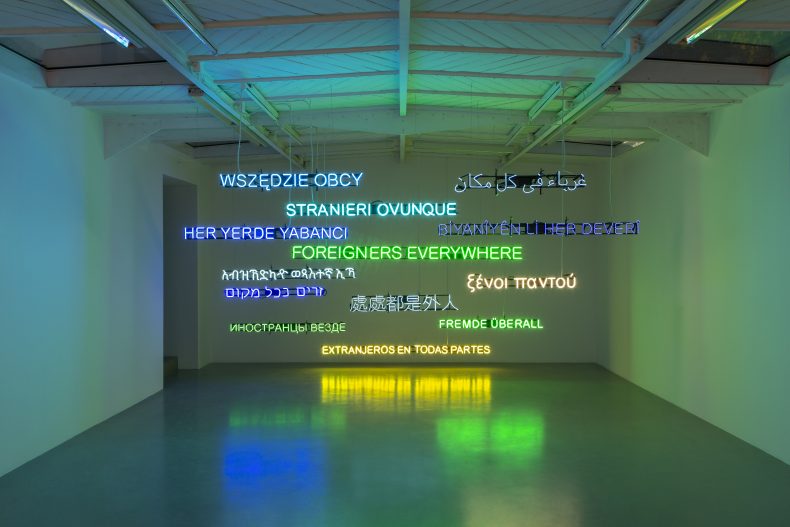
Foreigners Everywhere (2004–ongoing), Claire Fontaine. Photo: Archives Mennour; courtesy the artist and Mennour, Paris;
Pedrosa was appointed director of the 60th Biennale by its outgoing president Roberto Cicutto in December 2022. Since then his flash of inspiration has grown into a complex exhibition, ambitious even by Venice standards. First there is the number of artists. In total there are 332 individuals and collectives, the largest number in the modern era. Then there is the international spread, with artists from around 70 countries, most from the Global South: Asia, Oceania, Africa and Latin America. Only 10 artists in the exhibition were born in the United States; two of these are Native Americans – Kay WalkingStick and Emmi Whitehorse – while Rosa Rolanda left in 1924 for Mexico City, where she died in 1970. The UK is represented by 15 artists, some émigrés from countries such as Iraq, Nigeria and Sudan, and the outsider artist Madge Gill (1882–1961).
Then there is the large historical component, usually considered risky by biennale curators. This is because of the long lead times usually needed for museum loans and the problems of security and environmental control in what are often temporary, industrial or other repurposed spaces. In Pedrosa’s exhibition, more than half of the artists are deceased and almost 50 were born in the 19th century.
‘Foreign-ness’ is still central to the exhibition. Pedrosa uses the term to mean artists who are ‘immigrants, expatriates, diasporic, émigrés, exiled or refugees’. It will also present work by a different kind of foreigner: ‘queer, outsider, self-taught, popular [folk] and Indigenous artists, who are frequently treated as foreigners in their own lands’.
He is concerned, however, that such an obviously political show should be aesthetically compelling. ‘“Foreigners everywhere” has many connotations and some are quite poetic, in a more subjective, psychological way,’ he says. ‘I’ve always been interested in matching the political with the aesthetic, and many artists are concerned with that too.’ In the exhibition there will be ‘artists who are working with formal issues and abstraction, as well as [with interesting] materials – there’s a strong presence of textiles, for example.’
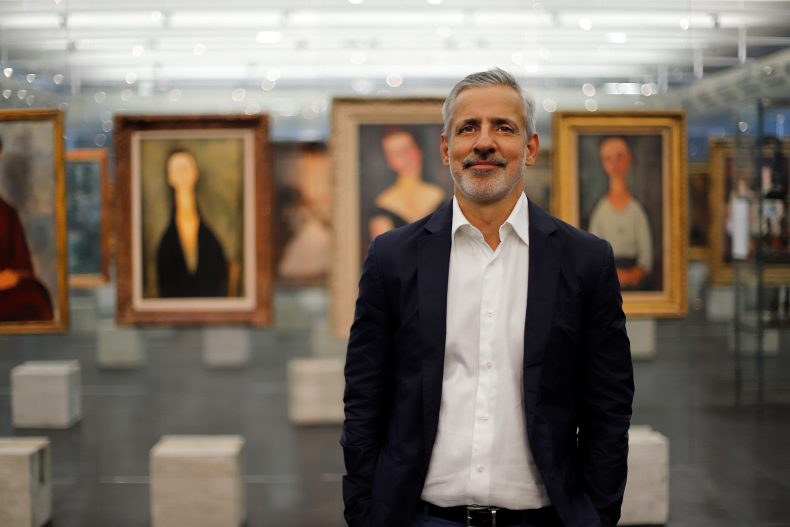
Adriano Pedrosa at the Museu de Arte de São Paulo Assis Chateaubriand (MASP). Photo: Daniel Cabrel; courtesy MASP
Pedrosa says he has managed to pull the show together in time only because of several years making exhibitions exploring many of the same themes. ‘There’s very little time to develop the Venice Biennale,’ he says, noting perhaps rather enviously that two curators – Cecilia Alemani in 2022 and Robert Storr in 2007 – were lucky enough to have three years rather than the usual two. ‘My advice to my fellow curators is to make sure you already have an idea in mind so that, in the very small chance you get asked, you have something to work with,’ he says somewhat grimly. ‘And make sure you travel to see artists a lot, because the [global art] world is too big now to research it in a year.’
Pedrosa was born in 1965 in Rio de Janeiro. He started on a conventional career path, studying law at the city’s prestigious State University with the intention of joining the Brazilian diplomatic service. But he was bitten by the creative bug and began to harbour hopes of becoming an artist. He moved to Los Angeles to study fine art and critical writing at CalArts, staying in the city for much of the 1990s. He pursued a ‘multidisciplinary career’, making art, writing and getting freelance curatorial gigs in Brazil and the United States, until he decided to focus full-time on curating in the early 2000s.
It was the 12th Istanbul Biennial that put him on the international map. Co-curated with another rising star, Jens Hoffmann, it had a focus on artists from the Middle East and Latin America, in industrial spaces remodelled by Japanese architect Ryue Nishizawa. The art critic Rachel Spence called it a biennial inspired by ‘political struggle […] angry and didactic, yet blessed with an austere poetry’, adding ‘it does not sacrifice imagination to ideas’. Daniel Birnbaum, who had directed the Venice Biennale in 2009, wrote that ‘within the forbidding grid of their exhibition, I found the most beautiful things [by artists] I had never heard of.’
Three years after that Pedrosa was offered the artistic directorship of the Museum of Art of São Paulo Assis Chateaubriand (MASP), Brazil’s – and arguably Latin America’s – most important modern and contemporary art museum. He has used his tenure to stage large, thematic exhibitions on topics including sexuality, feminism and Brazilian and Afro-Atlantic art (by 1888, when Brazil abolished slavery, it had imported more than four million Africans). The latest in the series, ‘Indigenous Histories’, won a Sotheby’s Prize for innovation. It opens at Kode, Bergen, this month (26 April to 25 August). The next, ‘Queer Histories’, will launch at MASP at the end of the year.
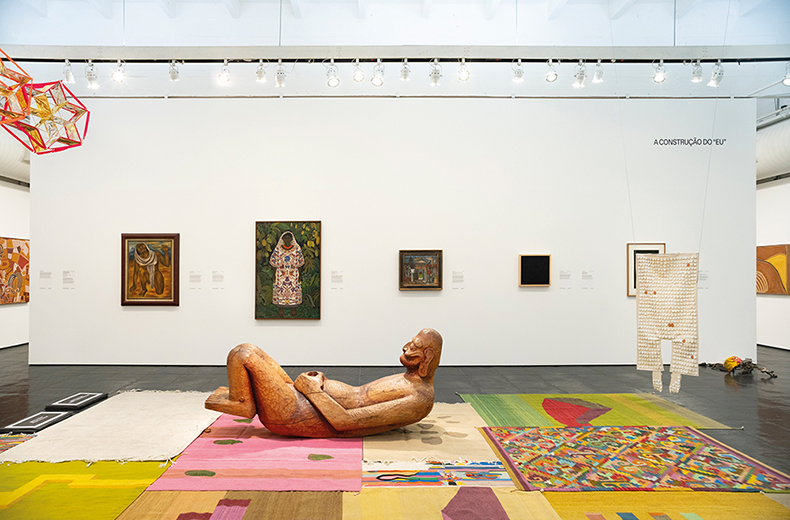
Installation view of ‘Indigenous Histories’, curated by Adriano Pedrosa at MASP, 2023. Photo: Eduardo Ortega
MASP was designed by the Italian-born modernist architect Lina Bo Bardi in 1968. In 2016 Pedrosa reinstated her original vision for the museum’s main gallery. Cleared of all partitions, the paintings are hung on glass panels suspended from the concrete ceiling, creating the illusion of the art hovering in space. It is a technique that Pedrosa will deploy in the Arsenale of Venice, in a section devoted to 20th-century Italian diaspora artists. Meanwhile Juliana Ziebell, an exhibition designer who works regularly with MASP, is fitting out the international exhibition’s notoriously difficult spaces: the triangular Central Pavilion in the Giardini and the massive, 16th-century rope-making factory, the Corderie. He hopes, despite the large number of artists, that the exhibition will be ‘less dense’ than at previous editions.
Perhaps the most notable feature of the show is how much Pedrosa’s own biography has informed it. He is the first director ‘to openly identify as a queer man’, he says. One strand of the show is devoted to ‘queer and trans artists, addressing queer issues, narratives, elements, but also abstraction’. He is also one of only four non-European directors (after two Americans, Robert Storr and Ralph Rugoff, and the late Nigerian curator Okwui Enwezor) and the only one living and working outside Europe or North America. ‘I have been a foreigner myself in many instances in my life,’ Pedrosa says. ‘I know what it’s like to carry a “third-world” passport and how difficult that can make it to travel around.’
His Latin American base also gives him a different perspective. ‘We spent a whole year at MASP devoted to Indigenous artists and another to Afro-Atlanticism. Of course I’m not Indigenous or Black, but these are important parts of our culture in Brazil,’ he says. So are folk artists, or what he calls ‘popular artists, literally the artists of the people’. Even the idea of including historic artists goes back to one of his earliest curatorial roles, as an adjunct curator at the 1998 São Paulo Biennial. It included a large historical section about Oswald de Andrade’s Cannibal Manifesto (1928), a key text in Brazilian modernism. ‘So many of the subjects [in this show] go back to my own personal life,’ he says.
Only a few of the artists in ‘Foreigners Everywhere’ have been shown at Venice before. ‘Its history goes back to 1895. I thought it would be interesting to look at artists who had not participated in it during the 20th century. They are major figures in their own context in their own countries, and they deserve this visibility.’

The main gallery at MASP, São Paulo, restored to the original vision of its architect Lina Bo Bardi by Adriano Pedrosa in 2016. Photo: Eduardo Ortega
Conceptually, this follows in the footsteps of the 2022 director, Cecilia Alemani. Her show was devoted mainly to women artists, who, for the first time in the Biennale’s 127-year history, vastly outnumbered men. The exhibition also unearthed work by lesser-known artists from the 20th century: Surrealists, Dadaists and women working with text and early technology. According to Cicutto, the choice of Pedrosa to follow Alemani was deliberate. He told the world’s press when Pedrosa was announced that ‘I believe it is essential to build on what emerged from the previous exhibition.’
Expanding the history of modernism has been a project at several museums – most notably the Tate, Pompidou and MoMA – for close to a decade. ‘But artists from most of the latitudes [I am showing] are still not well known at all,’ says Pedrosa. ‘So even the historic artists have become of contemporary relevance.’
How all of this will play out in Italy’s febrile political environment is anyone’s guess. At the end of 2022, Giorgia Meloni, of the right-wing populist Brothers of Italy party, became prime minister. She has spoken out critically on issues including immigration, gay rights and gender self-identification. Pedrosa was the only director of the art exhibition selected by Cicutto before his four-year tenure ended unexpectedly. The next will be chosen by Pietrangelo Buttafuoco, a journalist and former leader of the youth wing of the now-defunct neo-fascist Italian Social Movement party.
Pedrosa seems sanguine about the risk of any controversy. Already the Biennale has had to defend both his inclusion of Palestinian artists in the international exhibition and the presence of the Israeli pavilion. (A group of thousands of artists sent an open letter calling for the latter ’s closure.) His focus, he says, is on the artists he is showing. ‘I come to this position with a certain responsibility, a mission as a curator from the Global South,’ he says. ‘I hope that curators, collectors, dealers and journalists come here and find something interesting. And through their articles or shows, or by taking it to another gallery or collection, give the art another life. Because we all know how much this biennale, above any other, can change the way that an artist and the artwork is regarded.’
From the April 2024 issue of Apollo. Preview and subscribe here.
Unlimited access from just $16 every 3 months
Subscribe to get unlimited and exclusive access to the top art stories, interviews and exhibition reviews.

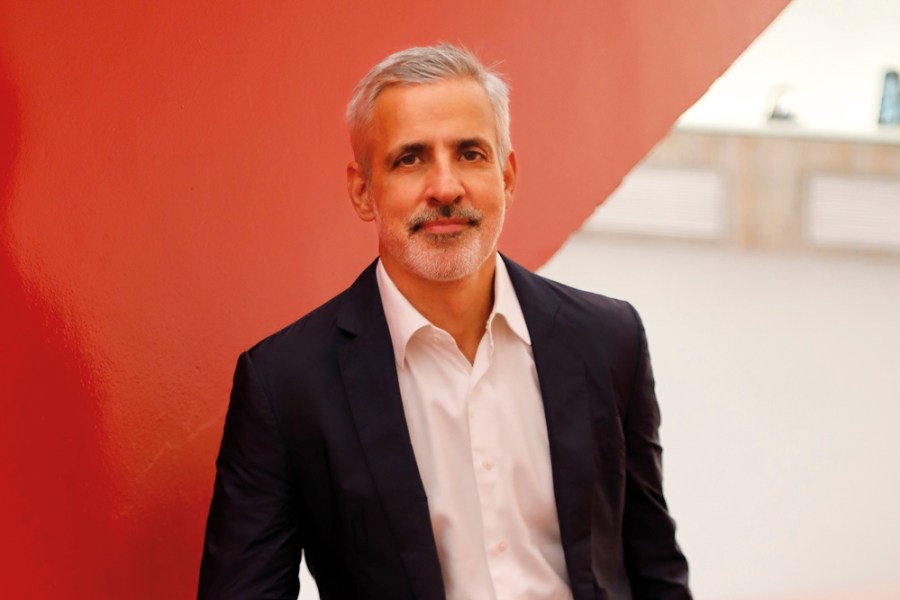
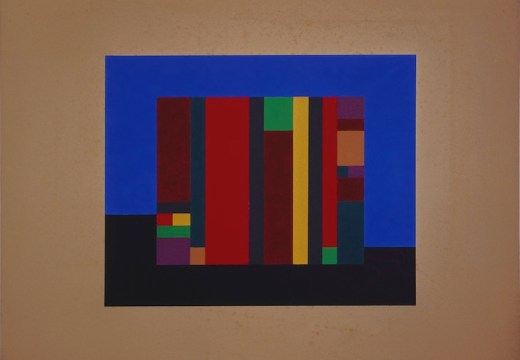
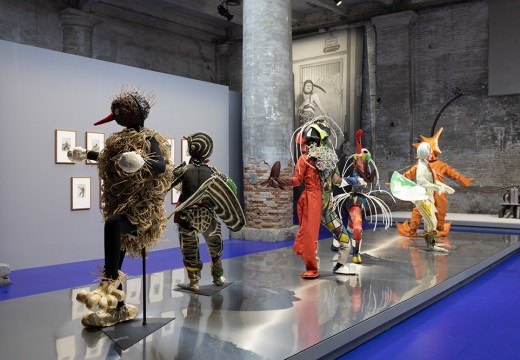
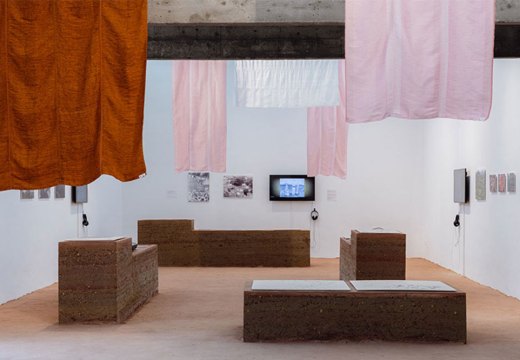









![Masterpiece [Re]discovery 2022. Photo: Ben Fisher Photography, courtesy of Masterpiece London](http://www.apollo-magazine.com/wp-content/uploads/2022/07/MPL2022_4263.jpg)
It’s time for the government of London to return to its rightful home